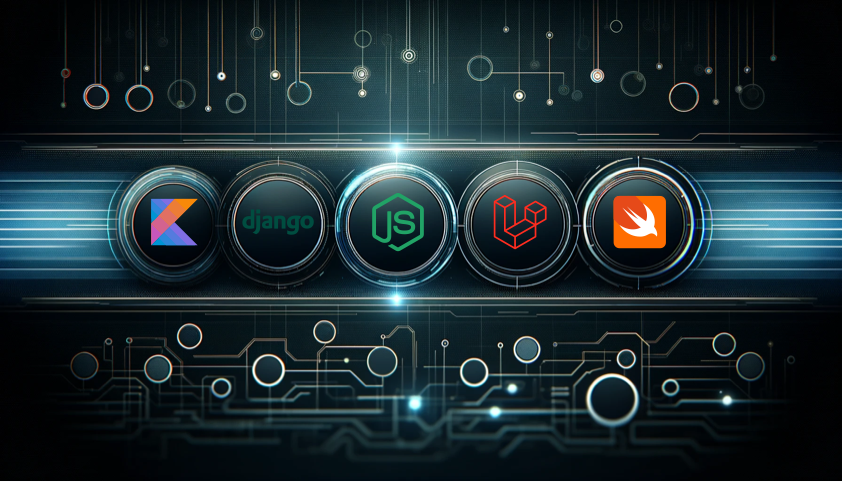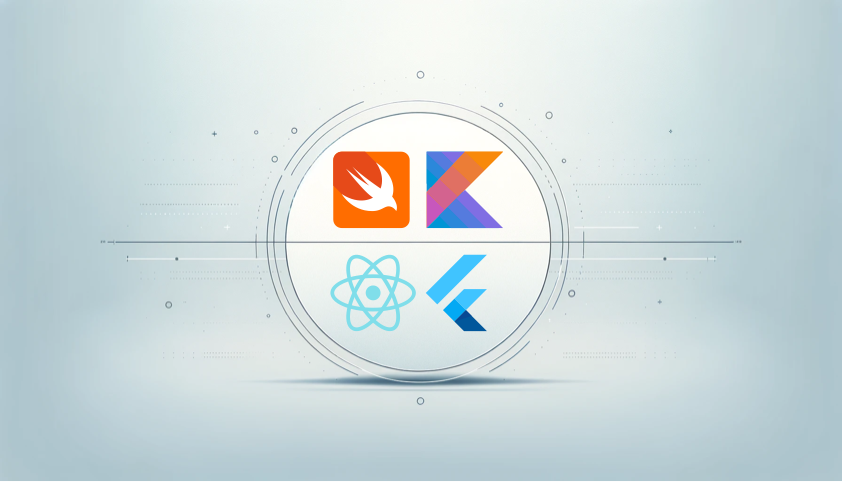· news · 2 min read
Best Back-End Platforms for 2024
Explore the top back-end platforms poised to shape web development in 2024, including Node.js, Django, Kotlin, Swift, and Laravel.

The realm of back-end development is dynamic, with platforms emerging as key players each year to facilitate robust, scalable, and efficient web applications. As we delve into 2024, let’s explore some of the leading back-end platforms to consider for your projects.
Node.js
Node.js continues to dominate the back-end landscape with its asynchronous event-driven architecture, making it ideal for real-time applications and microservices.
Key Features:
- JavaScript Runtime: Employs JavaScript for server-side scripting, enabling full-stack JavaScript development.
- Vibrant Ecosystem: Offers a vast selection of libraries (npm) for various functionalities.
- Scalability: Supports horizontal scaling through clustering and load balancing.
Django
Django, a high-level Python web framework, emphasizes rapid development and pragmatic design. It’s well-suited for building complex, database-driven websites.
Key Features:
- Batteries-Included Philosophy: Provides built-in features like authentication, ORM, and admin panels.
- ORM (Object-Relational Mapping): Simplifies database interactions by abstracting SQL queries into Python objects.
- Security: Offers robust security features by default, helping developers avoid common pitfalls.
Kotlin
Kotlin, recognized for its conciseness and interoperability with Java, has emerged as a strong contender for back-end development, especially in conjunction with frameworks like Spring Boot.
Key Features:
- Concise Syntax: Reduces boilerplate code compared to Java, enhancing developer productivity.
- Interoperability: Seamlessly integrates with existing Java libraries and frameworks.
- Type Safety: Employs a strong static type system to catch errors at compile time.
Swift
Swift, primarily known for iOS app development, is gaining traction in the server-side realm. Its safety features and performance optimizations make it appealing for back-end projects.
Key Features:
- Safety & Performance: Leverages Swift’s safety features (optionals, type inference) for robust server-side applications.
- Async Programming: Supports async/await patterns for efficient handling of asynchronous operations.
- Expressive Syntax: Offers a clean, modern syntax that enhances readability and maintainability.
Laravel
Laravel remains a popular choice for PHP developers due to its elegant syntax, developer-friendly features, and a rich ecosystem of packages.
Key Features:
- Eloquent ORM: Simplifies database operations with an expressive ORM implementation.
- Blade Templating: Provides a powerful templating engine for creating dynamic views.
- Artisan CLI: Facilitates common development tasks via a command-line interface.
Selecting the optimal back-end platform for your 2024 project depends on project requirements, team expertise, and scalability needs. Each of these platforms offers distinctive advantages that can align perfectly with your development goals.


